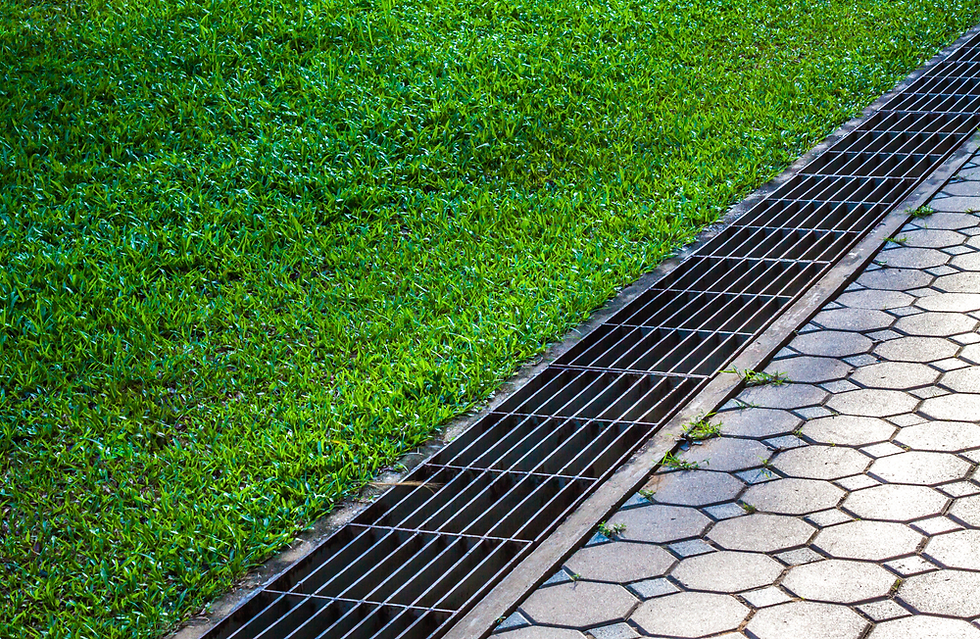Plastering is a skill that comes with practice
- Mark Simon
- Feb 15, 2016
- 3 min read
Plastering is like painting and that is why it is referred to as art by enthusiasts. It is not difficult or utterly impossible to try plastering on your own. Plastering work can be quite expensive and you may not like to spend too much money on small plastering work in your home. You can try doing it yourself. You may err at first but you will slowly learn with more practice. You can try doing plasterwork on your own in small spaces first and then if you are confident enough, take up the entire surface. Although plastering work can be tried by DIY methods, for hard surfaces and detailed work, it is best to hire a professional plasterer.
There are many points that can help you achieve an artful plastering.
Keep the surface clean: To ensure that the plaster sticks well to the surface, it is important to remove any remnants from the surface. Let the slate be clean.
The trick is in mixing: Mixing plaster is perhaps the most important part. Ensure that you add plaster to water and not water to the plaster. Begin by adding a little plaster into the water, so that a heap is formed on the surface and then start mixing it to ensure that there are no lumps. Add more plaster and check if the consistency is smooth enough. A tip here can be to check the consistency by checking if a stick can stand on its own in the mixture. Use clean water for plaster mixing.
Take one thing at a time: It is important to understand that there are six steps for a good plastering work and just by applying two coats doesn’t ensure that. Start with a small surface first then, graduate slowly to an entire wall. Of course, both cannot be done in a single day. You may not get it perfect at the first coat but the surface will improve by the time the drying is complete.
Polish but do not overdo it: Some beginners may get over-excited and indulge in over-polishing. This never works. To know if your plastering is ideal, touch it and feel it. It should feel like the surface of an eggshell, not too smooth but not hard either.
Techniques of plastering that cannot be ignored
Dry lining: As the term suggests, it is a dry method and today many builders prefer using this method. The application can be faster and there is a lesser load. It can also save time and money. It is also more convenient as the plasterboard is used in the process.
Wet plastering: This is one of the most commonly observed plastering techniques. First, the surface is covered with mortar and then trowels are used to smooth the area. Once the plaster dries off, the surface can be painted as and how the homeowner chooses. Wet plastering should be done by a professional and if not, can lead to shrinkages.
Screeding: This is a plastering technique more commonly used in the UK. A ready mix is used in the process and thus saves much time. In fact, in a plastering job, screeding is an important step and takes much of the time. The ready mix though convenient, can also be very expensive. They ensure quality for sure and are a great option for beginners in plastering.
External plaster: Also referred to as stucco, there are different types of external plaster available. There is the rough one which looks like stone wall, trowelled which constitutes giving a finish touch, the coloured external plaster in which lime oxide is used so that the finish can be done in nice colours. There is also the pebbledash in which small pebbles are used in the final finish to give a chic look.
As professionals, we know how to handle any type of plastering, so get in touch with us if you need advice.




.png)





Comments